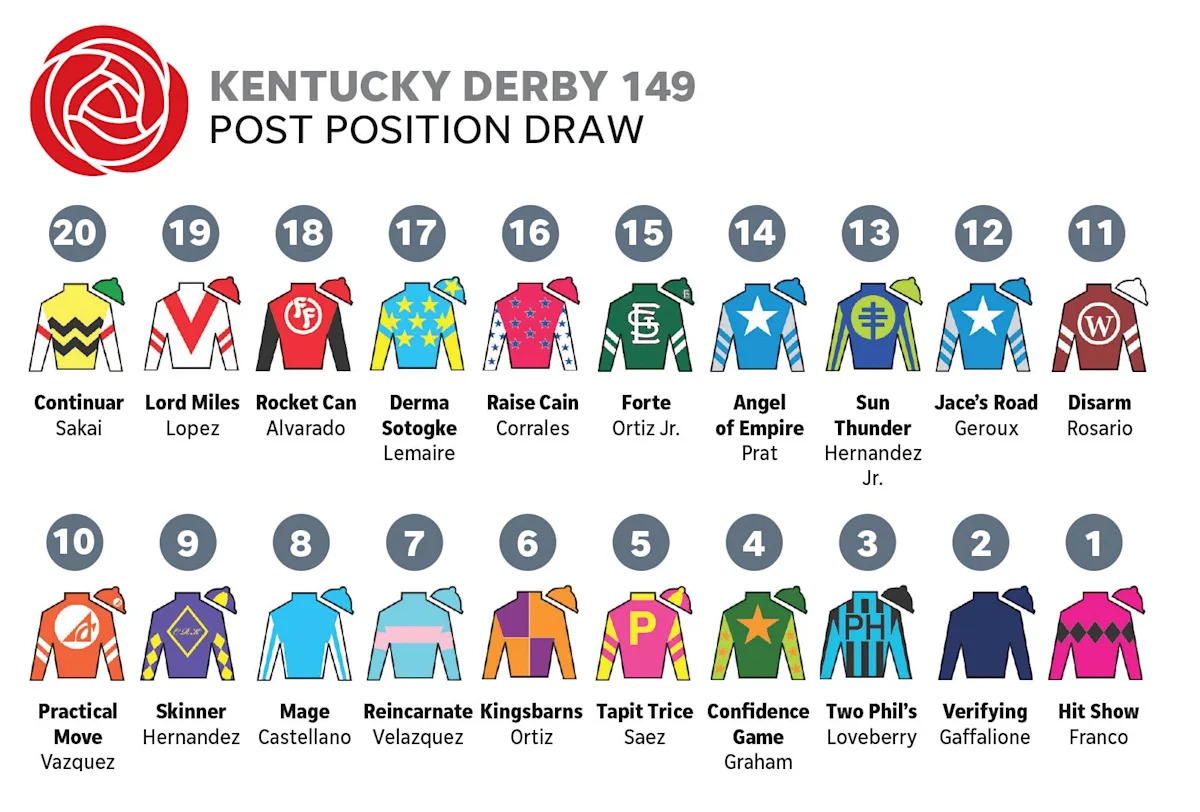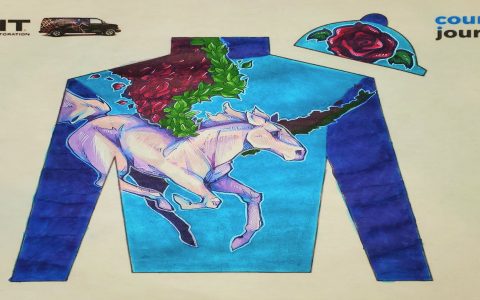The Kentucky Derby jockey silks appear exceptionally vibrant due to their functional, historical, and symbolic roles in thoroughbred racing. Below, we break down the key reasons and meanings.
Functionality and Tradition
Silks serve critical identification purposes. In high-speed races, bright colors and patterns allow fans and officials to instantly recognize horses and riders. This tradition dates back to the 18th century, where wealthy owners adopted distinct designs to assert status and avoid confusion during competitions.
Symbolic Meanings of Colors
Colors and patterns convey specific messages, often reflecting the owner's identity, heritage, or aspirations. Here are common interpretations:

- Red: Symbolizes strength and energy, often chosen for its boldness.
- Blue: Represents trust and calm, frequently used in classic combinations.
- Yellow/Gold: Evokes optimism and prestige, reflecting a winning mindset.
- Green: Signifies growth and renewal, sometimes linked to Irish heritage.
- Patterns like stripes or polka dots: Denote family crests or stable affiliations, adding uniqueness.
These choices often stem from superstition or branding, as owners believe certain hues bring luck or honor their legacy.
Cultural Significance in Racing
The Derby's emphasis on flamboyance sets it apart. Events like the Kentucky Derby amplify silks' visibility, with regulations mandating high-contrast designs for spectator engagement. This not only preserves history but also turns jockeys into vivid icons, enhancing the spectacle and cementing their status as racing symbols.








